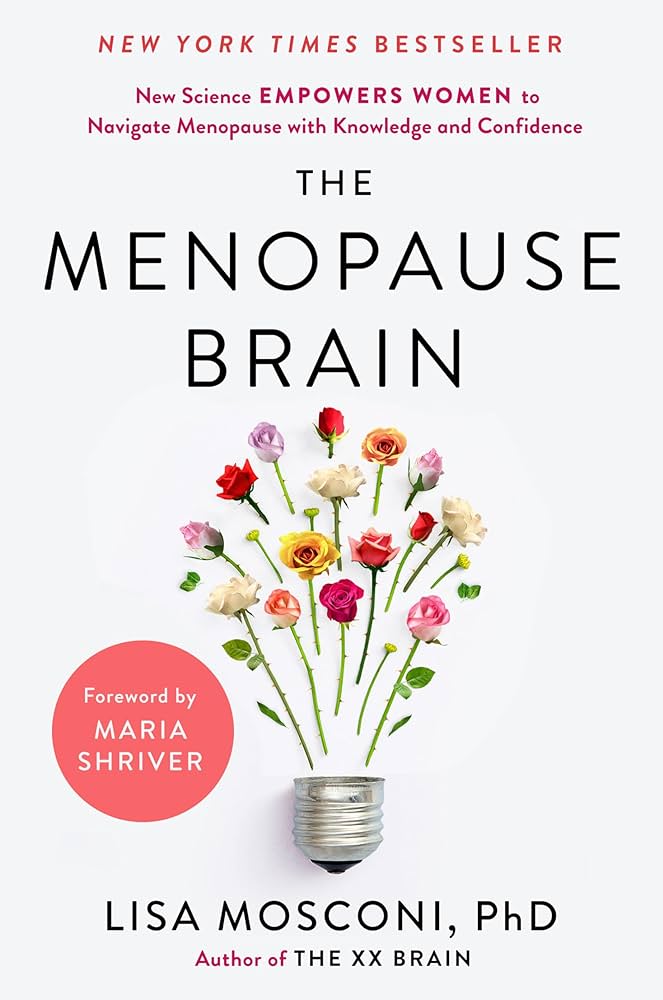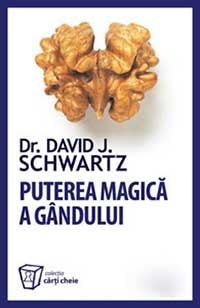Autor Lisa See
Categorie Dezvoltare personală
Subcategorie Limba Engleză
Descarca PDF

This story begins in 1469, in the fifth year of the Chenghua emperor’s reign, when Tan Yunxian was eight years old. The title of her book has been translated different ways: The Sayings of a Woman Doctor, Miscellaneous Records of a Female Doctor, and The Comments of a Female Physician. I’ve adhered to the English-language tradition of capitalizing certain words related to Chinese medicine that have a different semantic meaning than their lowercase equivalents, such as Blood and blood. The first system to transcribe Chinese into the Roman alphabet was created by Matteo Ricci and Michele Ruggieri between 1583 and 1588, long after the events in this novel. That being the case, I’ve used the Pinyin system of transliteration for Chinese words, which was adopted by the People’s Republic of China in 1979 and adopted internationally in 1982. Last, you may be unfamiliar with the traditions of Chinese medicine—and I’m not here to advocate for or against them—but I hope you’ll bear in mind the larger picture of the world when the story takes place. Columbus didn’t lay sight on the Americas until thirty-one years after Tan Yunxian’s birth, while the English settlement of Jamestown wasn’t founded until fifty-one years after her death. The western tradition of medicine at the time of Tan Yunxian’s practice explained sickness as either an imbalance or a corruption of the four humors— blood, phlegm, yellow bile, and black bile, which were thought to be the principal liquids of the body—or retribution for sins committed by the patient. Most western medicines were created out of alcohol and herbs, and bloodletting with leeches was the norm.
TOP 10 Cărți
















